Hallux rigidus (arthritis)

About
Hallux rigidus is a form of arthritis affecting the big toe joint, causing stiffness, pain, and difficulty moving the toe. It typically results in limited motion of the joint and can lead to discomfort, especially when walking or standing for long periods. As the condition progresses, the pain can become chronic, and the joint can become more rigid, limiting the ability to bend the toe.
Causes
The most common cause of hallux rigidus is osteoarthritis, where the cartilage in the big toe joint wears down over time. This can be due to:
- Repetitive stress – Activities that place repeated pressure on the big toe, such as running or jumping, can accelerate the wear and tear on the joint.
- Injury – Past injuries or trauma to the toe joint, such as fractures or sprains, can contribute to the development of hallux rigidus.
- Genetics – Some people inherit a tendency to develop arthritis in the big toe joint due to abnormal joint structure.
- Age – The likelihood of developing hallux rigidus increases with age as joint wear naturally occurs over time.
Symptoms
Common symptoms of hallux rigidus include:
- Pain and stiffness in the big toe joint, especially when walking or bending the toe.
- Difficulty wearing shoes, particularly those with a tight or rigid toe box.
- Swelling, redness, and warmth around the joint.
- Limited range of motion in the big toe.
- Pain that worsens with activity, especially during walking or climbing stairs.
Diagnosis
Diagnosis is based on a physical examination of the foot and an assessment of the symptoms. Imaging tests such as X-rays or MRI scans are often used to confirm the presence of arthritis and evaluate the extent of joint damage. These tests help determine the best course of treatment and whether surgery is necessary.
Treatment
Treatment for hallux rigidus typically aims to relieve pain, improve joint mobility, and prevent further degeneration. Options include:
- Rest and Ice – Applying ice to the joint and resting the foot can reduce inflammation and pain, particularly after activity.
- NSAIDs – Non-steroidal anti-inflammatory drugs can help manage pain and inflammation.
- Custom Orthotics – Shoe inserts may be prescribed to correct foot mechanics and relieve pressure on the joint.
- Footwear Adjustments – Wearing shoes with a soft, flexible sole and adequate toe room can reduce stress on the big toe joint.
- Physical Therapy – Stretching and strengthening exercises can improve flexibility and reduce stiffness.
- Injections – Corticosteroid injections may be used to reduce inflammation and provide temporary pain relief.
- Surgery – In severe cases, surgical options, such as joint fusion or joint replacement, may be considered to alleviate pain and restore function.
Do you want to know more about this procedure?
Learn how Hallux rigidus (arthritis) is performed, some of the risks, and other frequently asked questions.
Go to Procedure Details

































